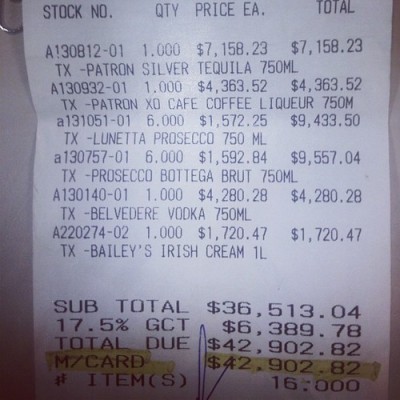Candy Crushes your Wallet
In a post recently made by Pierre Noujeim on his blog, the popular mobile phone game Candy Crush was dissected from a business standpoint.
Many interesting points were mentioned, notably that the free app has been generating numbers 230 million USD in annual revenue and over 150 billion games played since it’s release. Many people would have the instinct to wonder how a little game can put up big corporation income statements like that. don’t worry I did too. And after some games, some searching, and some watching of Pierre playing some Candy Crush it’s become evident. An app doesn’t need to cost money to make it. The in-app purchases are where the real revenue streams are flowing. I’ve seen the game on numerous peoples phones from behind when in lecture and in commons areas around the University and with that amount of consumers to sell to, big buck purchases aren’t necessary within the app to post $230 million. Simple 50 and 99 cent add-ons are where the game has focused their sales efforts because Candy Crush and a large number of app developers everywhere know that ease of accessibility makes purchase quantity skyrocket. Candy Crush has clearly been capitalizing from extremely large amounts of small-purchase add-ons within the app when users find how easy it is to press a button and have their iTunes synced credit card handle it.








